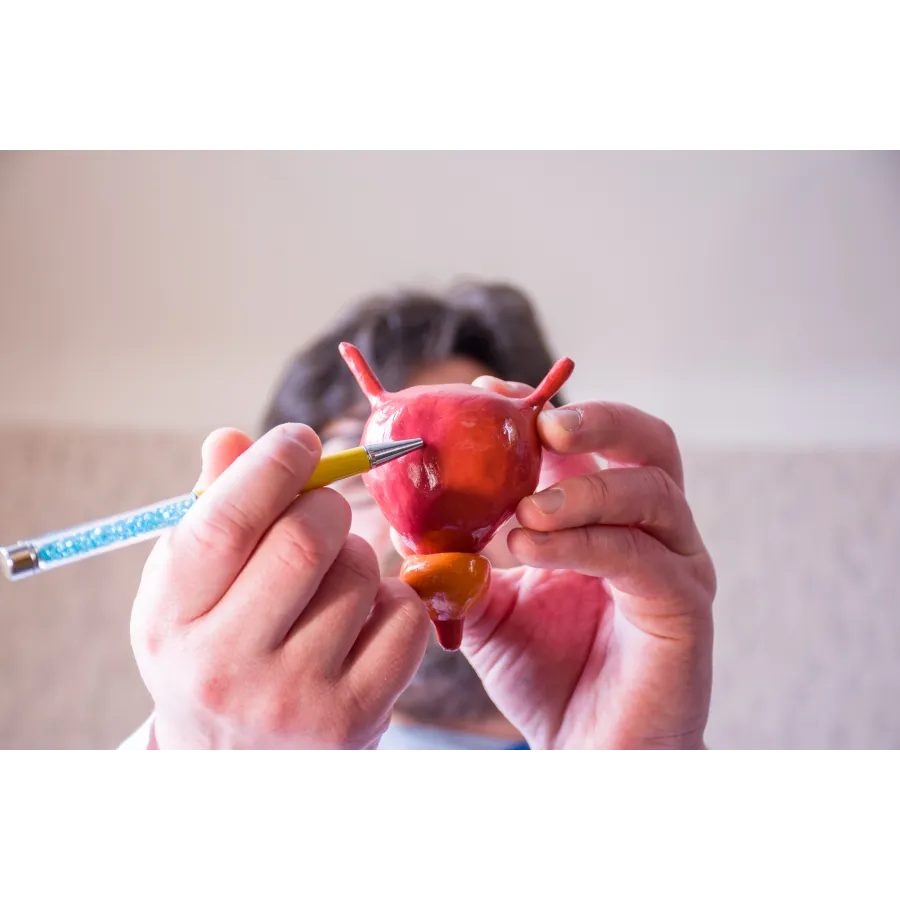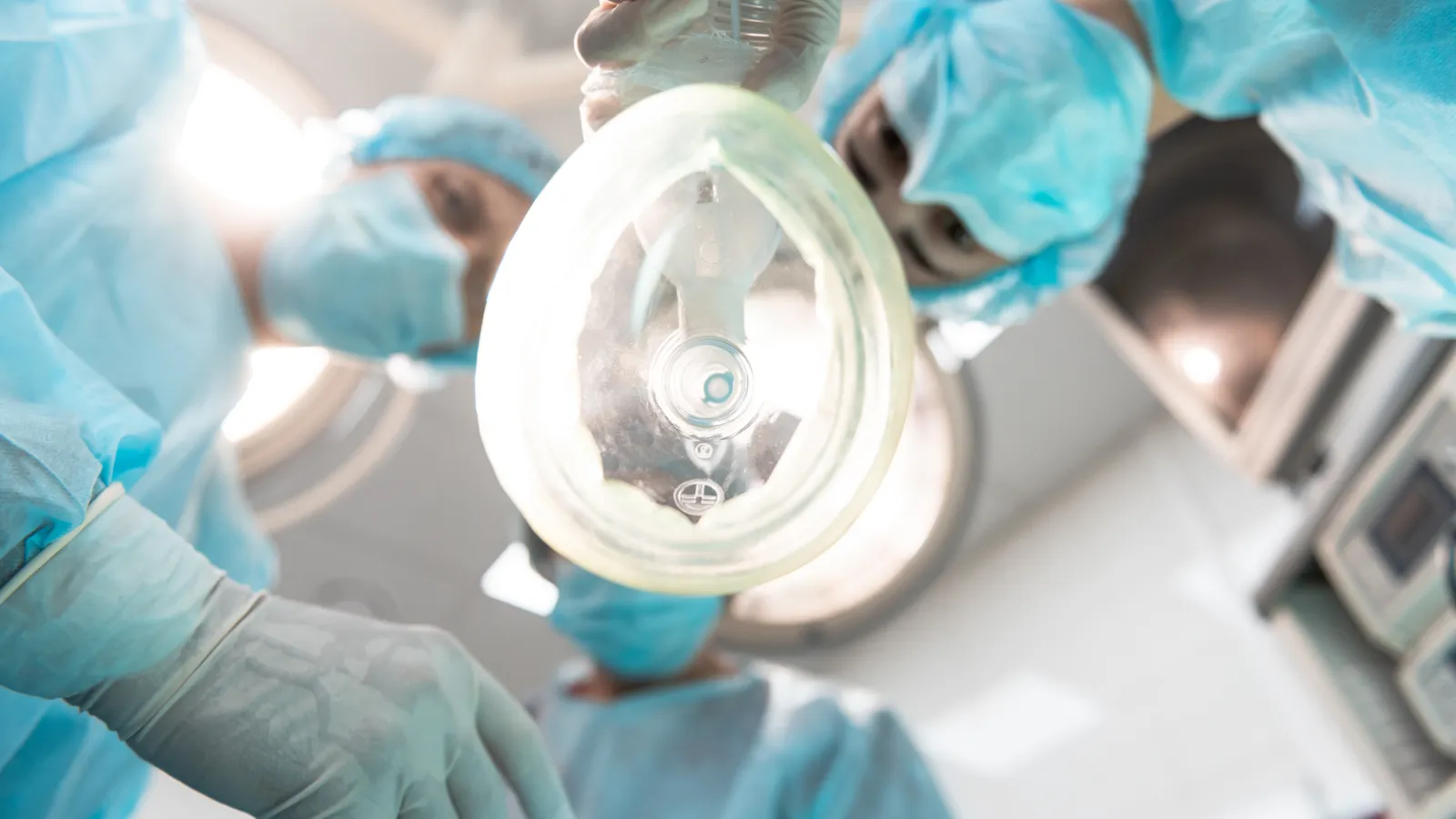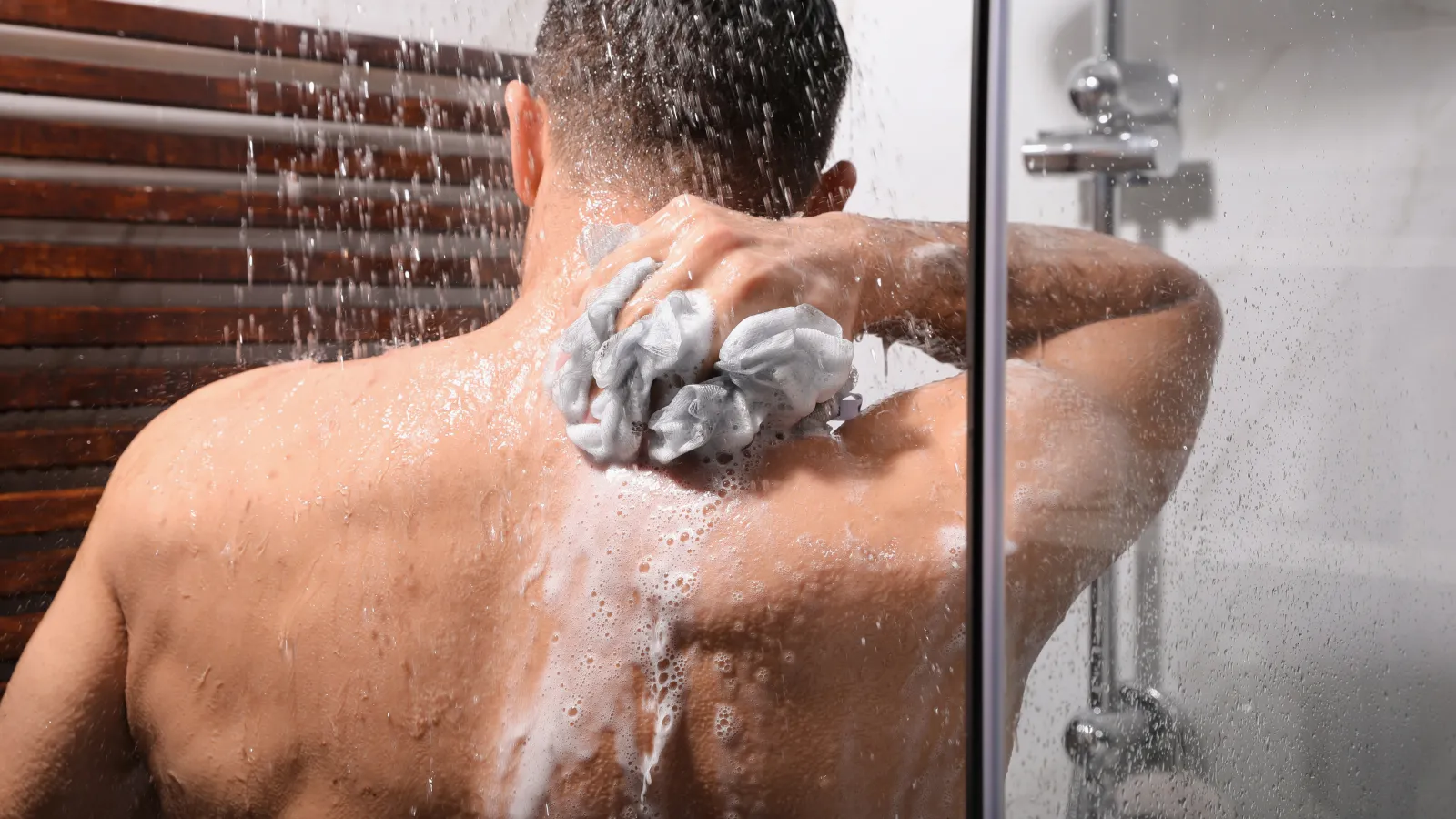Urinary Sphincter Implementation
& Artificial Urinary Sphincter (AUS) Solutions
What is Your
Urinary Sphincter?
The urinary sphincter is a critical muscle that controls the flow of urine from the bladder (see Figure 1). When this muscle is contracted (closed), it keeps urine from leaking out of the bladder. Normally, the urinary sphincter remains closed until you consciously relax it to urinate. Once relaxed, urine flows out of your bladder and exits your body through the urethra, the tube that carries urine out.
For some individuals, controlling the urinary sphincter can become difficult, leading to involuntary urine leakage. This condition often occurs after prostate surgery or radiation therapy.

Why Do You Need An
Artificial Urinary Sphincter?
And how does it work?
An AUS may be recommended for:
- Incontinence after surgery: Loss of sphincter control can occur after prostate surgery or radiation therapy.
- Injury or trauma: Damage to the sphincter can lead to leakage that may require an AUS.
The AUS provides a reliable solution to regain bladder control and improve quality of life.




